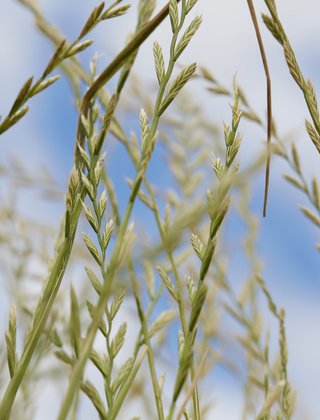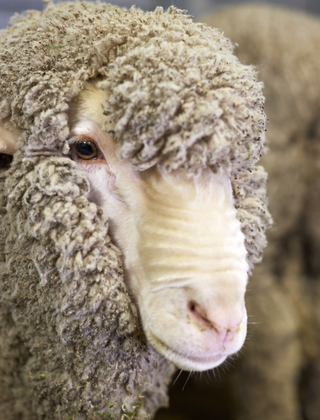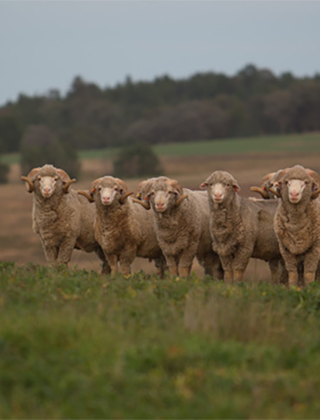Welcome to Australian Wool Innovation, a hub for the woolgrowers of Australia.
Not a woolgrower? Looking for information about wool products, wool care or wool processing?
The Woolmark Company is the global authority on wool. Visit Woolmark.com instead.
Calcium-Magnesium investigated to boost lamb survival

Research into the role of calcium and magnesium is looking to boost ewe health and increase lamb survival.
PhD student Forough Ataollahi and Professo Michael Friend from Charles Sturt University
Funded by Australian Wool Innovation (AWI) and conducted by the Graham Centre for Agricultural Innovation at Charles Sturt University (CSU), a team of researchers has focused on the relationship between calcium and magnesium deficiencies in pregnant ewes and lamb survival.
Previous research has shown pregnant ewes with clinical deficiencies in calcium and magnesium are more likely to lose their lambs but this is the first research to examine whether ewes with sub-clinical deficiencies – those that are not visible – are also more likely to lose lambs.
The study, led by CSU Professor Michael Friend has tested the calcium and magnesium status of pregnant ewes in commercial flocks across southern Australia.
Professor Friend told The Yarn podcast, “the significance of the research to date is that it shows calcium and magnesium supplementation is likely to put pregnant ewes into a better metabolic state and improve the immunity of newborn lambs, which reduces mortality risk in ewes and lambs.
“Initially, we took samples from 15 commercial farms across NSW, Victoria, SA and WA and found that even if the pastures were adequate in calcium and magnesium, many of the ewes grazing those pastures had subclinical deficiencies. This is a significant concern as we already know that poor metabolic function in pregnant ewes leads to increased likelihood of ewe and lamb mortality.”
As part of the research, CSU PhD student Forough Ataollahi carried out a controlled feeding experiment comparing pregnant ewes whose diets had been supplemented with extra calcium and magnesium, to pregnant ewes with no supplementation but fed diets adequate in calcium and magnesium.
Forough’s research found that supplementing ewes with calcium and magnesium increased the health and productivity of the ewes and the weight gain of their lambs in the first month.
The next phase of the project involves larger trials in paddock-grazed commercial flocks to investigate whether supplementation not only improves the metabolic condition of the ewes, but whether it results in significant increases in lamb survival and determine if it is economically viable to supplement ewes.
Further information about increasing weaning rates and reducing lamb and ewe mortality can be found via AWI research extension programs such as:















